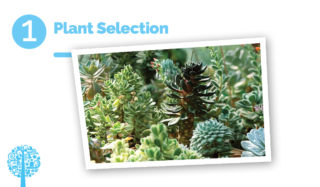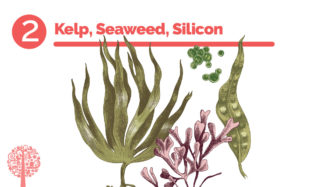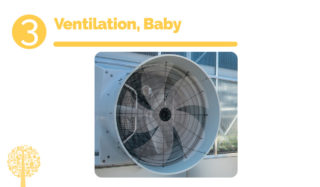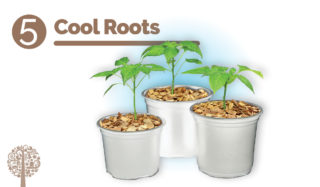5 Cool Ways To Beat The Heat In The Grow Room
The horrors of heat stress! When things get a little too toasty in the garden, your plants will be quick to let you know with signs like wilted, curled, and discolored leaves and dropping flowers. If this all sounds too familiar, you’re not alone. Heat stress is common in indoor growing spaces where environmental control can be tricky. And with the planet warming and more areas experiencing prolonged periods of drought and extreme temperatures, outdoor gardens also feel the pain. Luckily, there are things you can do to not only treat heat stress but prevent it from happening altogether. Remember, if it’s too hot for you, it’s too hot for your plants. So help keep them happy with our 5 Cool Ways To Beat The Heat In The Grow Room.
Plant Selection
Plant selection is one of the most fun things about growing, and it’s turning out to be one of the most crucial parts too. When planning your garden, whether indoors or outdoors, it’s essential to choose plants that will grow well in your region or the indoor environment you create. From flowers and vegetables to cannabis, many varieties and strains are remarkably tolerant of heat and drought conditions. When temperatures peak, they’ll thrive, and because they’re built for the heat, they’ll be pretty low-maintenance, requiring less water and attention than vulnerable plants. Before you get growing, research seeds and read plant labels. Why stress about the heat when you don’t have to?
Kelp, Seaweed, Silicon
Just like you might love a cold glass of something during those dog days of summer, your plants enjoy a special drink to help them beat the heat. Many studies have shown that liquid seaweed and kelp can be a saving grace to your garden in so many different ways. Foliar feeding your plants with a liquid kelp solution will help wilted leaves bounce back sooner and create a larger root system that can better search for moisture pockets. You can also use kelp and seaweed in a soil drench to deliver a wide range of essential nutrients, helping boost plant growth and yields while increasing resistance to pests and disease. Many growers are also using silicon products these days. Although not necessary for healthy plant growth, silicon’s benefits are plentiful, including stronger cell walls and stomata, allowing for better growth and control of water loss.
Ventilation, Baby
Growing indoors can present many challenges, and too much heat can be a significant problem. Environmental control is crucial to the overall health of your crop; investing in the proper equipment will cool things down and keep the grow room running smoothly. Ensure the ventilation system is up to par; experts recommend installing an exhaust kit to remove excess heat from the room and dump it outside. An intake system can bring cooler air into the room. Portable AC units and dehumidifiers are also an option for growers, and fans are an inexpensive way to keep the air circulating. Your plants will be cooler, and the breeze will help strengthen them too. You’ll need basic thermometers and meters to keep track of the temperature and relative humidity; a non-contact thermometer will measure and control the temperature at the leaf surface. Once you’re set up, you can automate it so that you’re always in the loop, no matter where you are. Stress? What stress?
Lighting Levels
If your ventilation is working correctly and your plants still seem to suffer from heat, consider the lighting in the room. Transitioning from HID to LED is an easy way to cool things down without sacrificing the final product. LEDs have come a long way, and the quality and yield can meet and even surpass what an HID can produce. Plants grown under HID light are the subject of infrared energy, making their leaf surface temperature extremely hot. New LED technology has little to no infrared energy; any extra heat they do produce is easily removed from the room by your ventilation system. That means the plants growing underneath them don’t scorch! If you’re already using LEDs and heat stress is still an issue, raise the lighting a little higher from the plant canopy and see if that helps.
Cool Roots
Keeping leaf temperature cool is essential to your crop, but you must protect the roots too! Whether growing in soil or coco, if the roots are uncomfortable, growth rates slow and pathogens grow. If using containers, consider going with something that isn’t black. The darker the pot, the more heat it absorbs. And as always, we cannot underestimate the power of mulch. Indoors and outdoors, covering the growing medium with even just an inch of organic mulch will keep things cooler below and prevent water evaporation.









